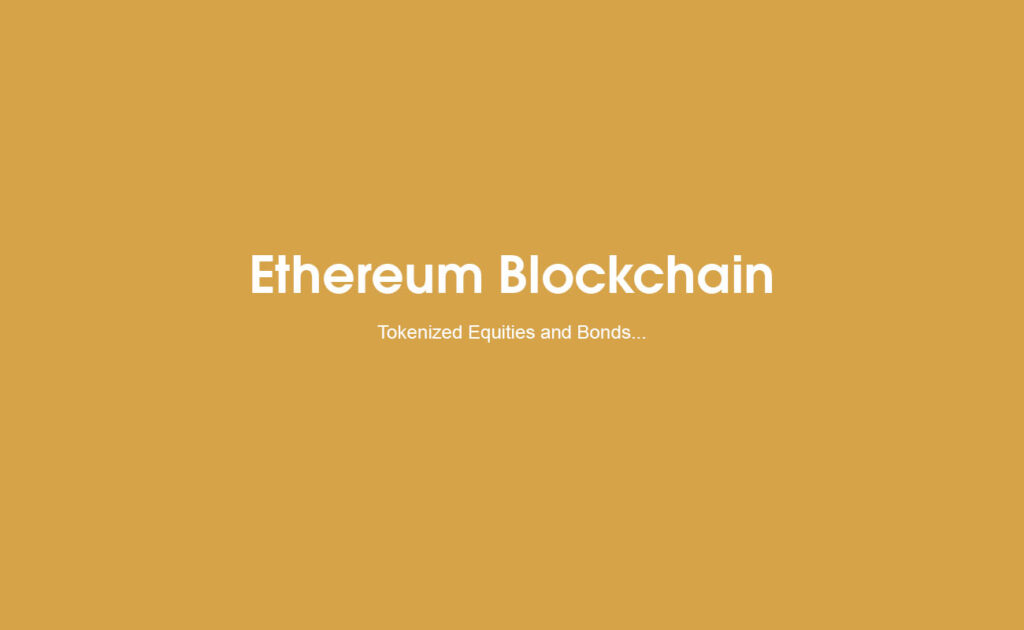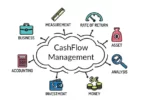In the ever-evolving landscape of finance and technology, the concept of tokenized equities and bonds on the Ethereum blockchain has emerged as a groundbreaking innovation. This revolutionary approach serves as a tool to simplify navigation within the ethereum network and holds the potential to reshape traditional investment practices, democratize access to financial markets, and enhance overall transparency. With Ethereum’s smart contract capabilities, the process of issuing, trading, and managing equities and bonds has been digitized and transformed. In this comprehensive article, we delve into the intricacies of tokenized equities and bonds, exploring their benefits, challenges, and the transformative impact they are poised to bring to the financial industry. Those keen to explore the real-world implementation of tokenized assets might want to delve into platforms like EthereumCode, which exemplify the future of Ethereum-based trading.
The Evolution of Financial Markets
Traditional vs. Tokenized: A Paradigm Shift
The traditional financial markets have long been characterized by complex intermediaries, lengthy settlement processes, and limited accessibility for retail investors. Tokenization, powered by the Ethereum blockchain, introduces a paradigm shift by converting ownership rights of equities and bonds into digital tokens. These tokens are backed by real-world assets, providing investors with direct ownership and fractionalized opportunities. The elimination of intermediaries streamlines transactions, reduces costs, and enables near-instant settlement, revolutionizing the way securities are bought and sold.
Advantages of Tokenized Equities and Bonds
Increased Accessibility and Liquidity
One of the key advantages of tokenized equities and bonds is the enhanced accessibility they offer to a broader range of investors. Traditional markets often have high barriers to entry, excluding many potential participants. Tokenization breaks down these barriers, enabling fractional ownership and allowing investors to buy and trade smaller portions of high-value assets. This democratization of access promotes financial inclusion and expands investment opportunities.
Furthermore, tokenized assets can be traded on secondary markets with increased liquidity. This liquidity is a result of 24/7 trading, instantaneous settlement, and reduced intermediaries. Investors can easily buy and sell tokens, enhancing market efficiency and reducing the need for long holding periods.
Enhanced Transparency and Security
The Ethereum blockchain‘s transparent and immutable nature provides an unparalleled level of transparency and security to tokenized equities and bonds. Every transaction is recorded on the blockchain, creating an auditable and tamper-proof ledger. This transparency instills trust among investors and regulators, reducing the potential for fraud and market manipulation.
Smart contracts, a hallmark of the Ethereum blockchain, automate and enforce predefined conditions of agreements. This automation minimizes human intervention, ensuring that transactions are executed precisely as programmed. As a result, the risk of errors and disputes is significantly reduced, enhancing overall market integrity.
Streamlined Issuance and Compliance
Traditional issuance of equities and bonds involves intricate processes and compliance requirements. Tokenization simplifies these processes by enabling automated issuance and streamlined compliance through smart contracts. Issuers can program specific conditions, such as dividend distributions and voting rights, directly into the token’s code. This ensures that all stakeholders receive their entitlements seamlessly and according to predefined rules.
Furthermore, compliance with regulatory standards can be embedded in smart contracts, ensuring that all transactions adhere to legal frameworks. This not only reduces administrative burdens but also enhances investor confidence in the tokenized asset ecosystem.
Challenges and Considerations
Regulatory Landscape
While the potential of tokenized equities and bonds is vast, navigating the regulatory landscape remains a critical challenge. Different jurisdictions have varying views on the classification and treatment of tokenized securities. It is imperative for market participants to work closely with regulators to ensure compliance and navigate potential legal hurdles.
Security Concerns
As with any digital system, security is paramount in the tokenized asset ecosystem. While blockchain technology provides robust security features, tokenized assets can still be susceptible to hacking and cyberattacks. Market participants must implement robust cybersecurity measures to safeguard investors’ holdings and ensure the integrity of the market.
Adoption and Education
The successful adoption of tokenized equities and bonds depends on widespread understanding and education. Investors, both institutional and retail, need to familiarize themselves with the technology, benefits, and risks associated with tokenization. Similarly, financial professionals and regulators must collaborate to establish clear guidelines and standards for the tokenized asset market.
The Future of Finance: Unlocking Potential
The emergence of tokenized equities and bonds on the Ethereum blockchain marks a pivotal moment in the evolution of financial markets. This innovative approach has the potential to democratize access, enhance transparency, and streamline processes. While challenges exist, the industry is poised for growth as regulators, market participants, and technology developers collaborate to shape the future of finance.
Conclusion
In conclusion, the tokenization of equities and bonds on the Ethereum blockchain represents a transformative leap towards a more accessible, efficient, and secure financial ecosystem. As the technology continues to mature and regulatory frameworks evolve, we are likely to witness an accelerated adoption of tokenized assets, redefining the way investments are made and reshaping the future of finance.








Leave a Comment
You must be logged in to post a comment.